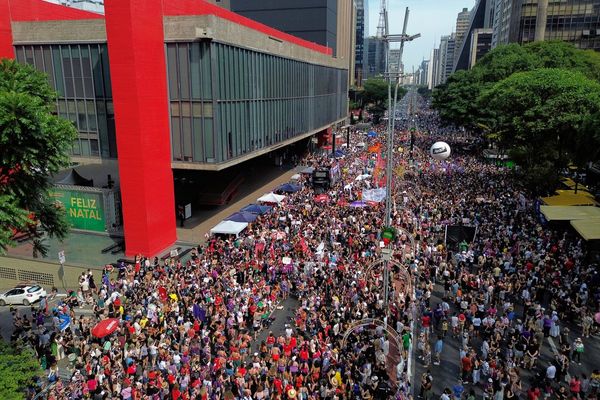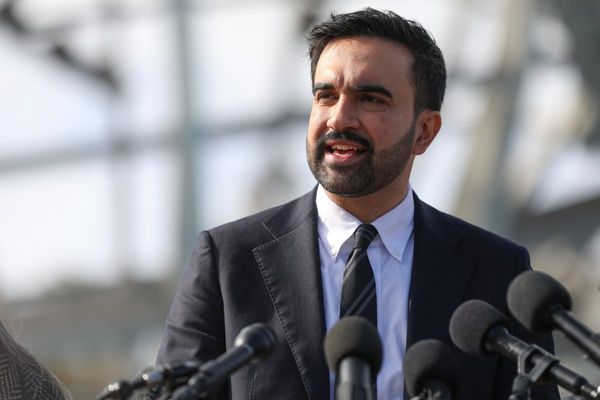
Keir Starmer could be relocated to a secure RAF base in the event of escalating conflict with Russia, according to a new report from i. The under-pressure Prime Minister may end up operating from RAF High Wycombe in Walter’s Ash, a site originally built back in 1938, just before the outbreak of the Second World War.
The idea behind the move would be to shield the country’s leadership from potential threats in a time of active conflict with Vladimir Putin’s forces. The location isn’t just strategically chosen for safety reasons — it’s also just a few miles away from Starmer’s official country residence at Chequers in the village of Ellesborough, South Buckinghamshire.
RAF High Wycombe isn’t just any old base. It already serves as the Ministry of Defense’s hub for air command and space command. It plays a crucial role in keeping an eye on aerial threats and monitoring for potential missile launches — including those that could come from beyond Earth’s atmosphere.
The report from i explains, “This has day-to-day use as the MoD’s air command as well as space command – monitoring threats in the skies as well as, potentially, exoatmospheric intercontinental missiles launched by an enemy state.”
If tensions were to escalate dramatically, the base could transform into what’s called an “alternative headquarters” or AHQ. This would allow the Prime Minister and Cabinet to continue functioning safely and securely, ensuring government could still operate during any serious emergency. Military operations would also continue from the site under such a plan.
The report also noted that this sort of contingency would involve more than just the PM and top ministers heading to a safe bunker. Key figures from government, civil service, and the military would likely be spread across different regional “hubs” to avoid having the entire chain of command vulnerable in one place.
It’s the kind of strategy not often spoken about openly but now being considered more seriously given current global tensions.
Starmer only took office on 4 July, making him the first Labour Prime Minister since Gordon Brown left Downing Street in 2010. After 14 years of Conservative leadership, his landslide win was seen as a massive political reset. But it hasn’t taken long for the weight of the role to show.
Despite being fresh into the job, Starmer’s approval rating has already taken a hit. According to the latest figures, he’s sitting at just 24 per cent the lowest on record for any British Prime Minister this early into their term.
While the public might be focused on domestic issues, it’s clear that behind the scenes, defense planning is very much alive with worst-case scenarios being quietly prepared for, should things take a turn on the world stage. Whether Starmer will ever need to swap Downing Street for a fortified bunker in the Buckinghamshire countryside remains to be seen, but it’s clear the government isn’t taking any chances.







